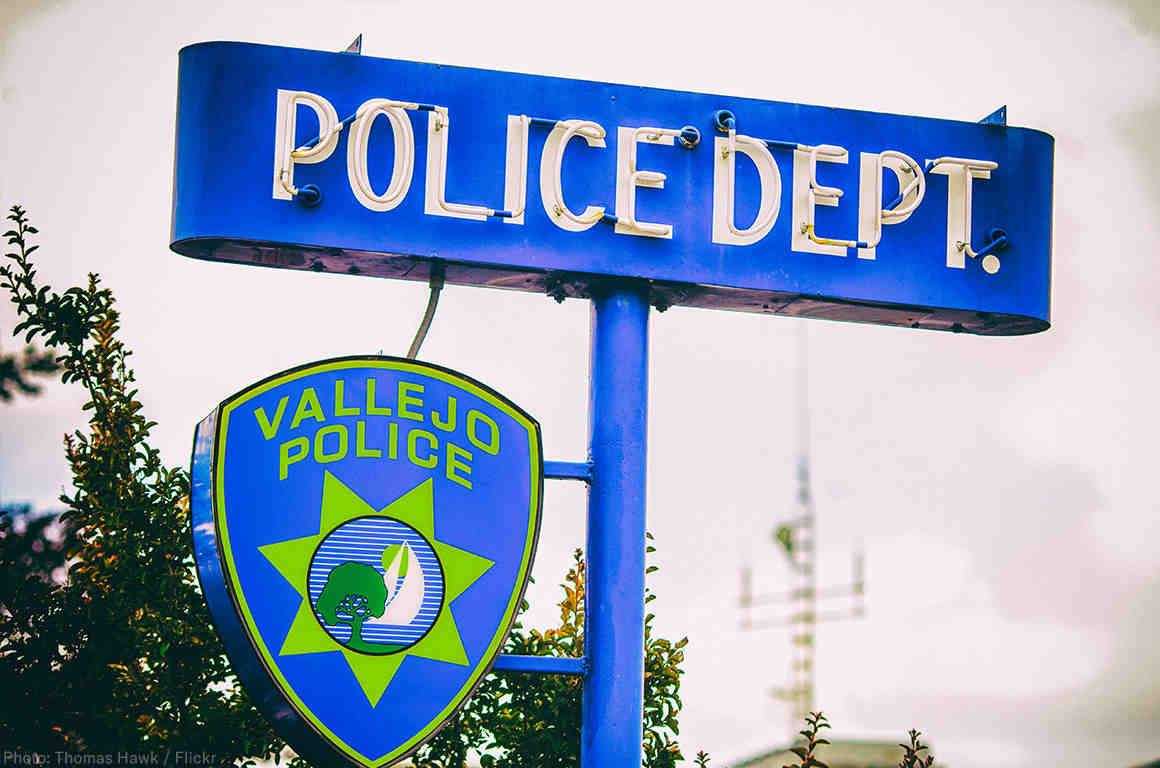

By Carl Takei and Paige Fernandez
The events that led to the murder of Willie McCoy by City of Vallejo police began with a 911 call came from a Taco Bell employee. In the recording, the employee sounds perplexed: “I have a person unresponsive to car horn honks in my drive-through,” he said. He then added, “He’s unresponsive. I’ve already had, like people try to knock on the window. I have no idea what’s going on.” The dispatcher sent out Vallejo police officers for what’s known as a “wellness check.” Officers arrived, saw that Willie McCoy was passed out in the driver’s seat of his car, and began to evaluate the situation. That this led to police to shooting and killing a Black man who had been sleeping in his car speaks volumes about deadly force and racial bias not just in California, but across the nation.
The thirty minutes of body camera footage show that law enforcement officers had ample time to identify various risks and take appropriate steps to address them while McCoy remained unconscious. For example, they saw that his car was still in drive, so they called in another police car and parked it in front to block in McCoy in case his foot pushed onto the gas pedal. They also saw that the unconscious man had a pistol in his lap. But instead of planning a way to coax McCoy awake and out of his car without endangering him or the officers, they decided to go for an extremely dangerous plan of opening the car door, yanking McCoy out, and shooting him “if he reaches for it.”
After several minutes of shining their flashlights in his face while they deliberated how to resolve the situation, and an unsuccessful effort to open his locked car door, McCoy began to stir from his slumber and scratched his left shoulder. Second later, the officers fired a fusillade of approximately 25 bullets into him. Officers allege they fired because McCoy moved his arm toward his lap (and, presumably, the gun) as he continued to wake up.
Willie McCoy’s murder is a textbook example of police killing someone as a predictable result of their risky tactics, which created the very danger they then used to justify the use of lethal force
Although McCoy had a pistol in his lap, the officers knew he was unconscious. It is not clear whether they considered the possibility that he needed medical assistance. Furthermore, they made no effort to use tactics that would have preserved both his safety and theirs. The logical decision in this circumstance would have been to create some distance between them and Willie McCoy, position themselves behind cover, and use lights and sound to wake him up. Instead, the officers stayed directly in what would have been his line of fire if he chose to shoot, with no cover.
In effect, the officers’ decision of whether Mr. McCoy would live or die depended purely on whether a groggy, half-asleep man moved his hands while waking up.
But they should have expected that McCoy would be confused or startled by being woken up with multiple flashlights shining on his face and no indication of who was shining them. Indeed, the officers made no effort to announce themselves or tell Willie McCoy who they were.
Many police departments require officers to prioritize the preservation of human life, and not create dangerous situations that lead to an unnecessary killing. For example, the Seattle Police Dept.’s policies instruct officers to “take reasonable care that their actions do not precipitate an unnecessary, unreasonable, or disproportionate use of force, by placing themselves or others in jeopardy, or by not following policy or training.” These kinds of policies are in line with best practices recommended by the Police Executive Research Forum, which directs law enforcement agencies to train officers on using distance, cover, and time to manage potentially dangerous situations without the use of lethal force.
But Vallejo has not adopted these best practices, and the consequences have been deadly. Its policies do not include a duty to deescalate, do not instruct officers to issue a warning before using deadly force, and do not tell officers to avoid using deadly force unless no reasonable alternative exists.
Under current California law, police can use deadly force regardless of whether it’s necessary to prevent death or serious bodily injury; they can kill someone even if there are alternatives to deadly force (e.g. giving verbal warnings, using lesser levels of force). Fortunately, there’s a bill pending in California’s legislature, AB 392, which would require each police department in California to adopt the aforementioned policies and principles. If passed, the bill would raise the standard for lethal force in Vallejo and every other city in California. AB 392 would change the standard for using lethal force and make clear that police officers should only use deadly force when they don’t have other reasonable options available to them.
Willie McCoy should be alive today – and if Vallejo police officers had abided by the higher standard set in AB 392, he would still be alive.
Carl Takei is Senior Staff Attorney with the ACLU’s Trone Center for Justice and Equality & Paige Fernandez is Policing Policy Advisor for the ACLU
